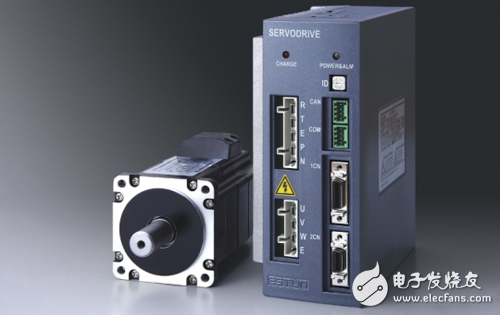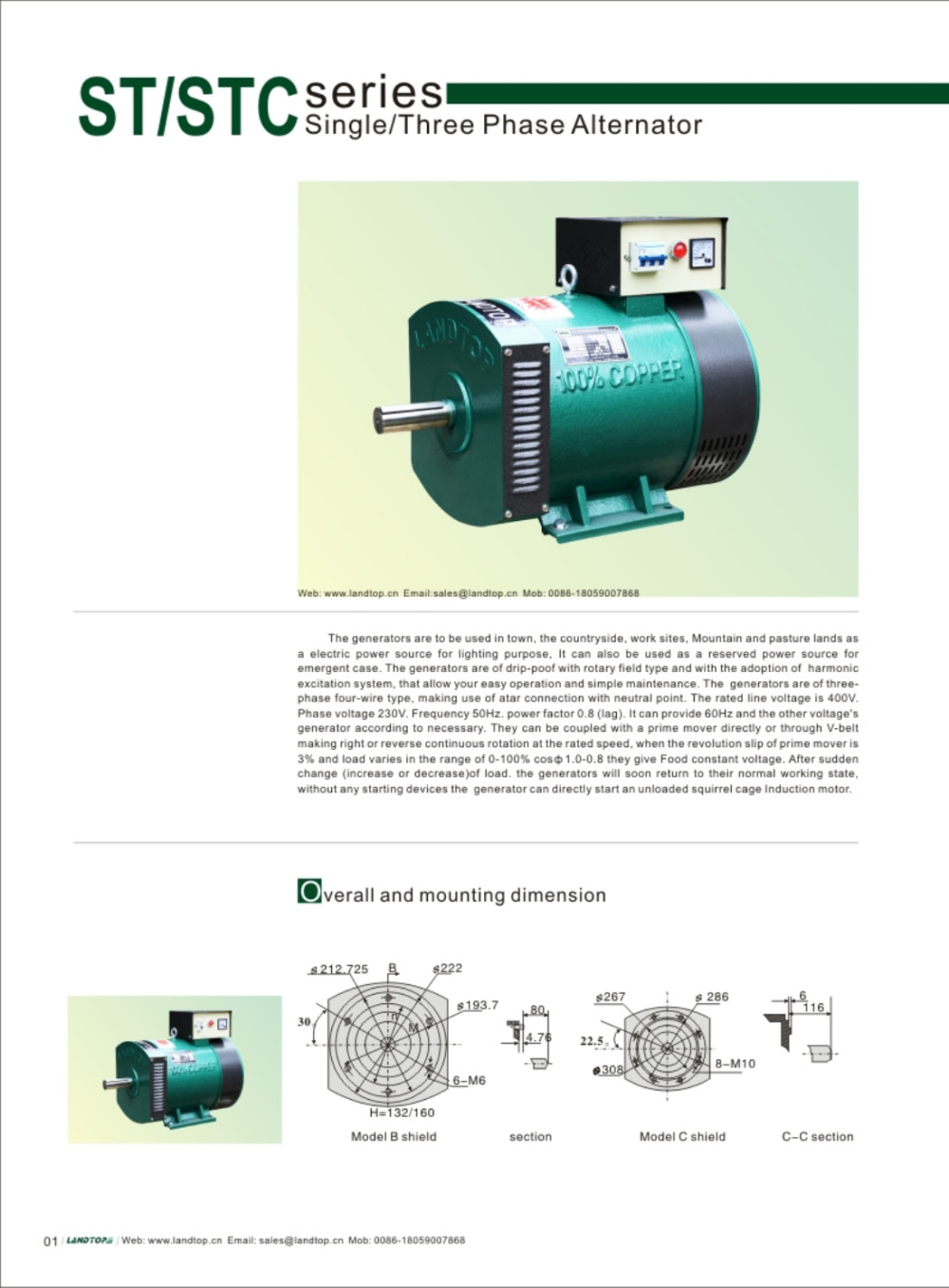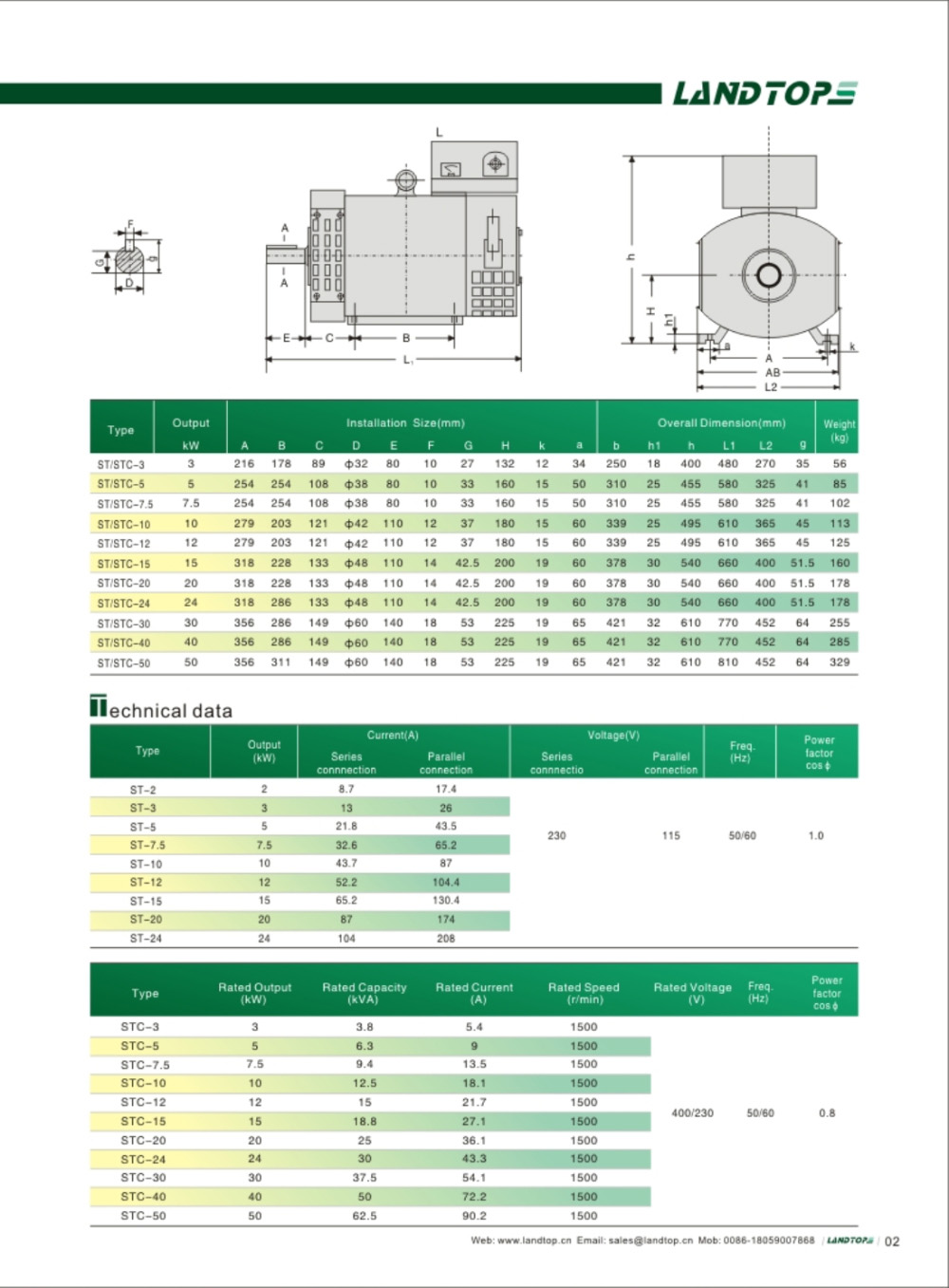At present, in the industrial machine market in China, 85% of servo motors are foreign brands, while most of the local companies are still in the stage of development and testing, and there are almost no industrialized industrial robot servo motors.
Since Germany proposed Industry 4.0, China has also proposed the "Made in China 2025" plan. With the acceleration of China's automation, China will become a super robot giant in the future, and the demand for industrial robots will increase greatly. However, under the stimulation of the high growth of industrial robots, the development of servo systems for control systems and automation products is bound to change. Servo motors are the power system of industrial robots and the "heart" of robot movements. Where is the future?
The rapid growth of industrial robots has stimulated the development of the servo motor market to some extent. According to Researchand Markets, 90% of industrial robots use servo motors. At the same time, the servo motors assembled by each industrial robot are average. In 2014, China's demand for servo motors increased by 231,000 units. And this number is expected to reach 737,000 in 2019.
At present, in the industrial machine market in China, 85% of servo motors are foreign brands, while most of the local companies are still in the stage of development and testing, and there are almost no industrialized industrial robot servo motors.
The servo motor is generally installed at the "joint" of the robot. The joint drive of the robot is inseparable from the servo system. The more joints, the higher the flexibility and precision of the robot, and the more servo motors are used.
The requirements of the robot for the joint drive motor are very strict, so the requirements for the electric servo drive system are also very strict, mainly in the following aspects:
1) Fast response, the higher the sensitivity of the electric servo system, the better the fast response performance.
2) The starting torque inertia ratio is large. When the load is driven, the starting torque of the servo motor of the robot is required to be large, and the moment of inertia is small.
3) The continuity and linearity of the control characteristics. With the change of the control signal, the speed of the motor can continuously change. Sometimes the speed is proportional to the control signal or proportional to the control signal. The speed range is wide and can be used for 1:1000. ~ 10000 speed range.
4) Small size, small mass and short axial dimension to match the body shape of the robot.
5) It can withstand harsh operating conditions and can perform very frequent forward and reverse and acceleration and deceleration operations.
In addition, due to the domestic servo motor to be upgraded, the development of domestic robots is difficult. The current status quo of domestic servo motors is that small is not small, big is not big! How do you understand this? Small-power servo motors are not suitable for miniaturization. They are generally long, such as 200W and 400W servo motors commonly used in light-duty robots. At present, the TBL-imini series servo micromotors of Tamagawa, the A6 of Panasonic, and the Σ7 motors of Yaskawa are short and delicate.
In contrast, domestic servos are generally long and have a rough appearance. This is not possible in some high-end applications, especially on desktop robots with a light load of about 6 kg. Since the installation space of the robot arm is very small, the length of the servo motor is strictly required.
Secondly, the reliability of signal connectors has been criticized. Domestic servos need to be improved, and the miniaturization and high density of connectors are also a trend. The integration design with the servo motor body is a good practice. At present, many Japanese servo motors are designed in such a way as to facilitate installation, debugging and replacement.
Another core technology of servo motors is high-precision encoders, especially multi-turn absolute encoders used in robots, which rely heavily on imports. Failure to achieve localization is a major bottleneck restricting the development of China's high-end servo systems. The miniaturization of the encoder is also the core technology for the miniaturization of servo motors. Throughout the changes of Japanese servo motor products, it is accompanied by the coordinated development of motor magnetic circuit and encoder!
At present, domestic servo motor OEMs are mostly based on the market share of Japanese servo motors. The power is mostly within 3kw, and the power is mostly small and medium. However, the medium-to-high power servo of 5.5-15kw is not available, resulting in the application of some devices. Because there is no high-power servo motor and driver matching, it is forced to give up the whole system.
To sum up, the development model of Japanese servo system is layered and coordinated development, and the overall performance is excellent, which is very similar to the development of robots in Japan. In China, the motor is used as the motor, the encoder is used as the encoder, and the driver is driven. Without the synergy, the overall performance of the servo motor and the drive system is difficult to complete.
Secondly, the basic research on the lack of servo system, including absolute encoder technology, industrial manufacturing technology of high-end motors, breakthroughs in production processes, practical verification of performance indicators and formulation of assessment standards. These need to be perfected by the core component companies in the robotics industry.
STC Series Three Phase Alternator
STC Three Phase Alternator Suppliers
This series generators are to be used in town, countryside, worksites, mountain and pasture as electric power source for lighting purpose, it can also he used as reserved power source for emergent case using.
The generators are of dripproof with rotary field type and adopt harmonic excitation system, easy operation and maintenance.
The generators are three-phase, four-wire type, adopting star connection with neutral point. The rated line voltage is 400V, phase voltage 230V, frequency 50Hz. power factor 0.8(lag). We can provide 60Hz and the other voltage's generator according to the customer's request.
They can be coupled with a prime mover directly or through v-belt making right or reverse continuous rotation at the rated speed. When the rotation speed of prime mover changs 3% or so and load varies in the range of 0~100% cos j 0.8~1.0, the generators offer constant voltage, when sudden change (increase or decrease) of load, the generator will soon return to their normal working state, at the same time, without any starting device the generator can directly start an unloaded squirrel cage induction motor.
Operating Condiyions:
Under the following environment, The generator could be continuous and rated running:
1.Above sea level: Not exceed 1000m
2.Cooling air temperature: 258~313K(-15 oC ~ 40 oC)
3.Relative air damping: not exceed 90%


STC Series Three Phase Alternator,Three Phase Alternator,3 Phase AC Generator,3 Phase Generator Alternator
FUZHOU LANDTOP CO., LTD , https://www.landtopco.com
